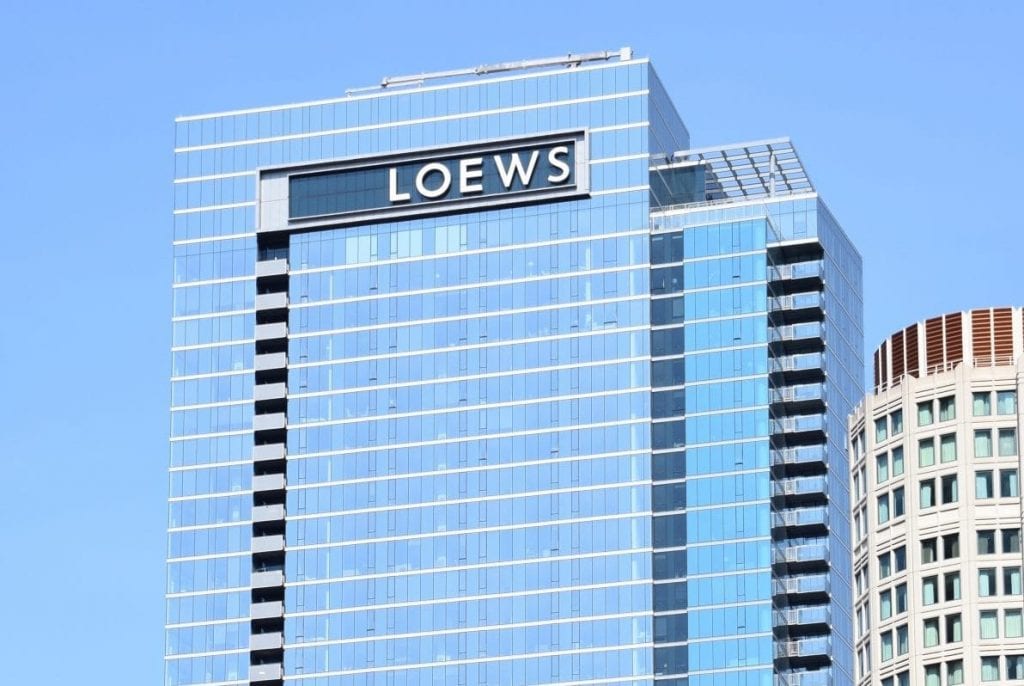Skift Take
Profit margins may have increased at some hotels during the pandemic, but what about the human cost? The pandemic wiped out 10 years of hotel job growth, and new operational models are unlikely to bring everyone back.
Widespread cost-cutting initiative across the hotel industry during the pandemic actually led to some hotels finding profitability last year.
But these new operational structures and higher profit margins came at the cost of major job cuts and hotels operating at a shell of their pre-pandemic experience.
Full-service hotels that typically have amenities like bars, restaurants, room service, and spas lowered their financial breakeven points from 47 percent occupancy rates in 2019 to only 30 percent last year, according to STR.
“I think one of the most impressive things we witnessed is the speed at which operators were forced to pivot and how well they did pivot,” Carter Wilson, senior vice president of consulting and analytics at STR, said this week at the company’s Hotel Data Conference webinar. “I can’t think of another type of commercial real estate that had to shift its entire operational strategy in such a short amount of time to mitigate demand losses.”
Only 45 percent of U.S. hotels achieved profitability last year, but some of those that did were able to net higher profit margins from a mix of cost cuts and new types of guests. Full-service hotels that stayed open weren’t operating their spas or restaurants, which often operate at a loss. But some of those hotels were also fully booked with essential workers or used for healthcare services, enabling a higher profit margin during leaner times.
Limited-service hotels also cut their breakeven points last year from 43 percent to 36 percent, but this was due more to less staffing. These hotels don’t have as many amenities to cut as full-service hotels do.
While the cost cuts may elicit praise from the C-suite, they aren’t always winning in the public eye. Labor unions across the country are chiding hotel companies for sitting on billions of dollars in cash reserves while long-time employees remain without a job.
The late Marriott CEO Arne Sorenson even questioned at the beginning of the pandemic last year whether some of the industry’s aggressive cost-cutting would make the recovery more difficult.
But many major hotel company leaders aren’t hiding their ongoing initiative to implement some level of long-term strategy for the cost-savings found during the pandemic.
“The work we’re doing right now in every one of our brands is about making them higher-margin businesses and creating more labor efficiencies, particularly in the areas of housekeeping, food and beverage, and other areas,” Hilton CEO Chris Nassetta said on an investor call last month. “When we get out of the crisis, those businesses will be higher margin and require less labor than they did pre-Covid.”
Temporary Gains vs. Long-Term Implementation
Some operational shifts in the pandemic are more than likely to remain permanent fixtures in how to operate a hotel. Contactless check-in and check-out through a mobile device are on the rise and will reduce the staffing levels required for a front desk going forward.
Daily housekeeping during one’s stay, particularly in the limited-service hotel sector, is likely gone for good. Housekeeping costs were always one of the largest expenses in running a hotel, analysts and owners have told Skift over the span of the pandemic. Finding ways to reduce that payroll expense was a leading initiative before the public health crisis.
But there are limits in how much can get permanently cut, especially in the full-service hotel sector. Only four of the 28 hotels in the Loews Hotels & Co. system stayed open for the duration of the pandemic, and the ability to run a restaurant or bar was one of the factors the company had in determining when to reopen a temporarily suspended property.
“A key part of our decision making was the [food and beverage] capacity restrictions and the limits on gathering,” Monica Xuereb, chief revenue officer at Loews Hotels, said at the STR conference. “We’re a luxury hotel company, so if there were no F&B capabilities whatsoever, that would limit our ability to offer the experience we offer to our guests.”
Loews was able to cut costs to the point where one of its 400-room hotels only needed to achieve a 10 percent occupancy rate to break even against its fixed costs like payroll, rent, and taxes. The company recognizes some typically money-losing entities like room service eventually have to come back.
“During this time, we kind of had to be ok with some negative comments from guests because of the services that maybe were not available during their stay,” Xuereb said. “We learned to manage expectations because we were running slightly different hotels than what they were used to.”
But there may be an opportunity with the return of more food and beverage venues and other services to these hotels. Food and beverage revenues came in higher than expected as restaurants and bars reopened, Xuereb said.
Even room service demand was up, a result of guests preferring to stay at the hotel while traveling in the pandemic over venturing out to a restaurant. The strong response to on-site dining and drinking led to additional outlets like roll-up bars for margaritas in the lobby.
“There was amazing creativity across our industry in the last 12 months just to generate revenue,” Xuereb said. “Guests want to spend money when they’re in the hotel, and I do think that will continue.”
Have a confidential tip for Skift? Get in touch
Tags: coronavirus, coronavirus recovery, loews hotels, str
Photo credit: Full-service hotel companies like Loews Hotels significantly shed costs last year to survive the pandemic. MusikAnimal / Wikimedia
